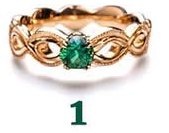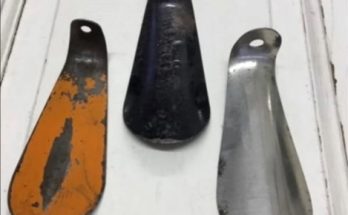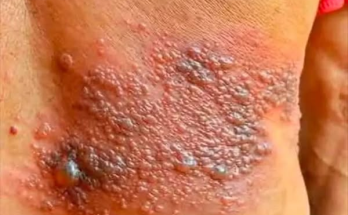Milia are tiny white bumps that often appear on the skin, especially around the nose, chin, and cheeks. They’re usually harmless but can be annoying. Here’s what you need to know about this common skin condition.
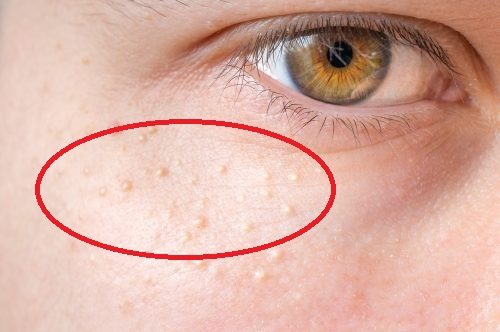
What is Milia?
Milia are small cysts filled with keratin (the protein that makes up skin, hair, and nails). While they’re most common in infants—up to 50% of newborns get them—adults can also develop them due to clogged pores from injury, burns, or other skin irritations.
Types of Milia:
- Neonatal Milia: Common in babies, usually disappears within weeks.
- Juvenile Milia: Rare, often linked to genetic conditions.
- Milia en Plaque: Associated with autoimmune conditions like lupus, more common in middle-aged women.
- Primary Milia: Occurs in older kids and adults, often around the eyes and forehead.
- Traumatic Milia: Develops after an injury or sunburn.
Should You Worry About Milia?
Most of the time, milia are harmless and will disappear on their own, especially in infants. But if you’re an adult and they’re bothering you, there are treatment options.
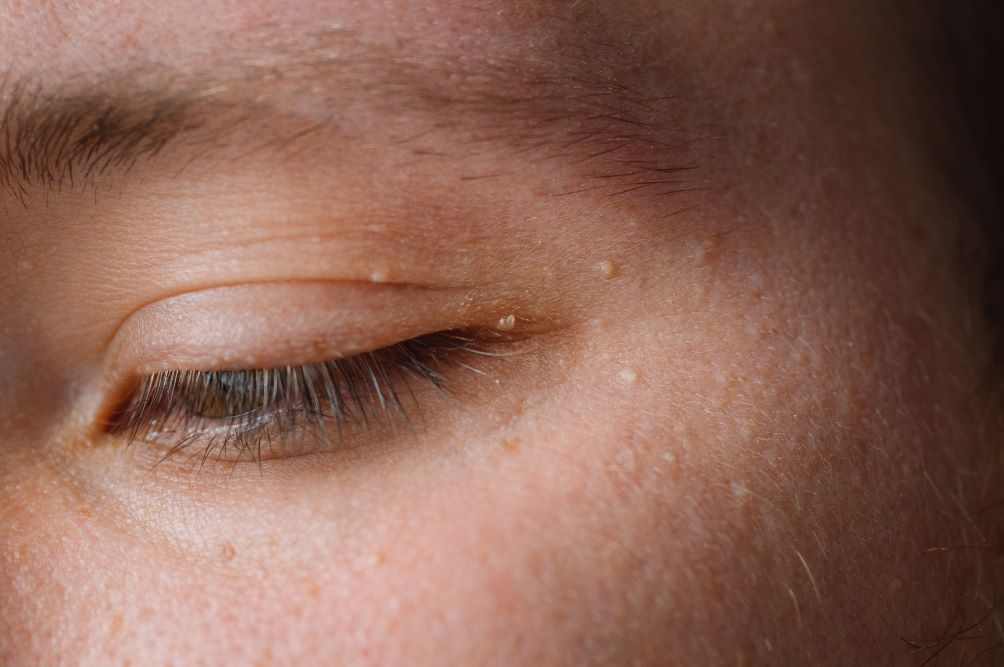
Milia Treatment Options:
- Cryotherapy: Freezes the cysts with liquid nitrogen.
- Deroofing: A sterile needle removes the cyst’s contents.
- Topical Retinoids: Help exfoliate the skin.
- Chemical Peels: Removes the top layer of skin.
- Laser Ablation: A laser removes the cysts.
- Diathermy: Uses heat to destroy the cysts.
It’s best to consult a dermatologist if you want to remove milia. Some methods, like using a paper clip, can be risky and should only be performed by a professional.
How to Prevent Milia:
- Use Sunscreen: Protect your skin from sun damage, which can lead to milia.
- Avoid Heavy Products: Skip thick creams and makeups that can clog pores.
- Exfoliate Regularly: Keep pores clean to prevent keratin buildup.
Final Thoughts
Milia are usually harmless and will fade over time. If you’re concerned or want to remove them, talk to a dermatologist. Otherwise, just let them be—they’ll disappear on their own soon enough!
